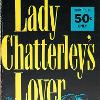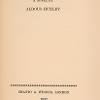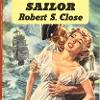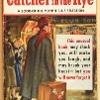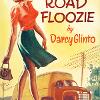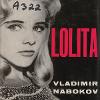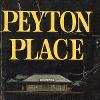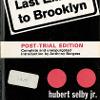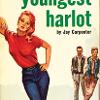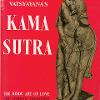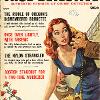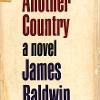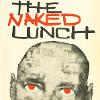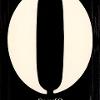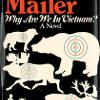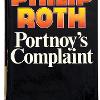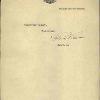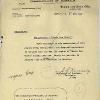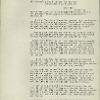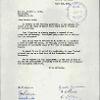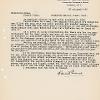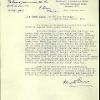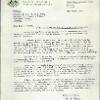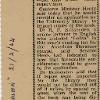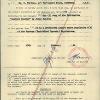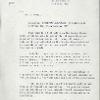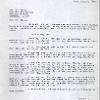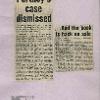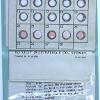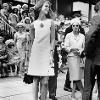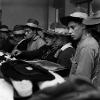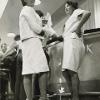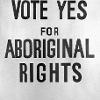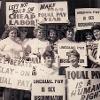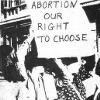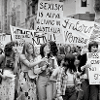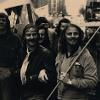A 'sex shop' (also
called adult shop, erotic shop or adult store) is a retailer that sells
products related to adult sexual or erotic entertainment, such as vibrators, lingerie,
clothing, pornography, and other related products.
In some
jurisdictions that permit it, they may also show pornographic movies in private
video booths, or have private striptease or peep shows. Also an adult movie
theatre may be attached.
There are also many online sex shops selling a variety of adult content such as sex toys, pornographic magazines, pornographic films and fetish wear etc. These types of shop are often favoured by the consumer as they have less overheads and can be perused within the comfort of the home. Their discreetness is also appealing to some.
It would be remiss to discuss the history of the Adult Retail Industry, without first discussing the history of censorship in Australia, as one has greatly affected the other.
During most of the
20th century, Australia
was one of the strictest censors in the western world. Most imported
publications were closely inspected before being released, and Australia would frequently ban what was
considered suitable reading in England,
Europe and America.
The standard British test for obscenity as the tendency "to deprave and corrupt" had been established in 1868 by the aptly named Lord Cockburn. In 1875, Victorian magistrates were entitled to issue search warrants for police to seize obscene publications. In addition, they could order the destruction of such material.
Books were also frequently censored. While mostly imported, the responsible control body was the Customs Department. Its officers would seize books that they found objectionable and the importer would be charged before a jury that ruled on the publication's confiscation due to indecency.
After federation, this practice was institutionalized in the Federal Customs Act of 1901. Three pieces of legislation were used by Customs to help decide what might be deemed offensive, indecent, scandalous, disgusting or immoral, and thus ban such publications coming into Australia:
1. Section 52(c) of the Customs Act 1901 (blasphemous, indecent or obscene works or articles);
2. Item 14A of the Second Schedule of Customs (Prohibited Imports) Regulations introduced in 1938 (literature unduly emphasising matters of sex or crime, or calculated to encourage depravity);
3. Item 14 of the Second Schedule of Customs (Prohibited Imports) Regulations introduced in 1921 (seditious publications).
A change in the Customs Department's censorship policy occurred with the beginning of the economic crisis in 1929. In a climate of increased uncertainty and fear of depression, there was a need to protect the values and the lifestyle of Australian society from everything that might challenge or question them.
As early as in 1933 the Department had established the Book Censorship Advisory Council, a board that was created to give expert advice to the Minister, if he sought it, and in 1937 it was finally replaced by the Literature Censorship Board.
FUN FACT: The Commonwealth Customs Department kept a reference library of around 15,000 books, magazines and comics banned in Australia between the 1920s and the 1970s.
Banned books included: Another Country, Art of Kissing, The Barber’s Wife, Brave New World, The Catcher in the Rye, Devil’s Daughter, Down and Out in Paris and London, The Hangman is a Woman, Kama Sutra, Lady Chatterley’s Lover, Last Exit to Brooklyn, Lolita, Love Me Sailor, The Naked Lunch, Peyton Place, Playboy, Portnoy’s Complaint, Respectable Harlot, Road Floozie, Tales of Horror, The Spy Who Loved Me, Story of O, True Detective, Why Are We in Vietnam?, The Wonderful World of Barry McKenzie, Ulysses and more...
FUN FACT: Rosaleen Norton - The 'Witch of Kings Cross'
Amidst the bohemian neighbourhood of Kings Cross, Sydney, there was a self-proclaimed ‘witch’ and visual artist named Rosaleen Norton. Influenced by the writing and artworks of British occultist Alistair Crowley, Norton studied art at East Sydney Technical College, where she had begun to develop her own provocative style of artwork, depicting demons, pagan gods and sexually explicit content.
Her work would later be described by poet Leon Batt as "an artist worthy of comparison with some of the best Continental, American and English contemporaries."
By 1941 Norton was employed by a monthly free-thinking magazine known as 'Pertinent' (magazine), where she contributed poetry and illustration.
In 1949, while working at Pertinent, Norton met a younger poet named Gavin Greenlees; the two had become good friends, and hitchhiked together to Melbourne, searching for a venue where Norton could hold an exhibition of her art. They settled on the University of Melbourne's Rowden White Library, where forty-six of her paintings, including Timeless Worlds, Merlin, Lucifer and The Initiate were put on public exhibition.
However, the exhibition did not go well, and only two days after it had opened, police officers had surveyed the gallery and removed four paintings – Witches' Sabbath, Lucifer, Triumph and Individuation – which they deemed to be obscene. Norton was subsequently charged with obscenity under the Police Offences Act of 1928.
Although she won the case, and was awarded £4/4/- in compensation from the police department, she remains the only Australian artist to have artworks destroyed by order of the courts.
Watch a video about Rosaleen Norton HERE
In 1957 the then Minister for Customs, Senator Denham Hently, ordered that in the future, all books under consideration of a ban must be submitted to the Censorship Board. In 1960 an Appeal Board was established. Furthermore, the Censorship Board was ordered to regularly review the list of banned books, that consequently led to the release of 178 publications on that list.
Much needed change came in 1969 with the appointment of Don Chipp as the Customs Minister in the newly elected Fraser Liberal government. Chipp believed that federal censorship had gone too far. In 1970 he oversaw the introduction of the 'R' (restricted) certificate for films, which allowed previously banned films to be re-rated and shown to adults. In 1971 he also began the process of abolishing the censorship of printed material, unbanning many novels, as well as allowing the sale of Playboy magazine.
In calling censorship 'evil' and stating that "...[it] is to be condemned", he called for a reduction in government action and called upon the people to take censorship in their own hands:
"People should censor more and more. The individual, the bookseller, should have a responsibility, the television station, the radio station, the parent, the individual; Governments should censor less and less, move more and more out of the field and leave it to individual choice. I would have thought that is liberalism." (Don Chipp)
Chipp was convinced that one man/woman, respectively one minister, could not decide what his/her fellow citizens should be allowed to read. This new way of thinking reflected in a sense the beginning transition in Australian politics away from the conservative 'White-Australia-policy' towards a concept of a multicultural and more liberal society.
However the dramatic changes to Australia’s censorship laws weren’t all of Chipp’s making. Rather, the Australian publishing industry became fed up with the country’s draconian laws, spectacularly protesting the ban on Philip Roth’s sexually explicit 1969 novel, Portnoy’s Complaint – a protest that couldn’t be ignored by Chipp. The novel was the last work of fiction taken to court in Australia.
After Labor won power in 1972, the new Prime Minister Gough Whitlam began dismantling the censorship regime completely, dwindling the list down to almost zero and removing Customs’ control over what Australians could choose to read.
"...adults [should] be entitled to read, hear or view what they wish in private and public and (...) persons (and those in their care) [should] not [be] exposed to unsolicited material offensive to them." (Gough Whitlam)
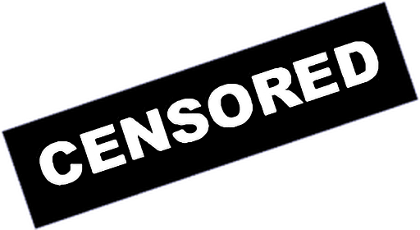
FUN FACT: The first seizure of imported
literature by Australian customs officials was in the colony of
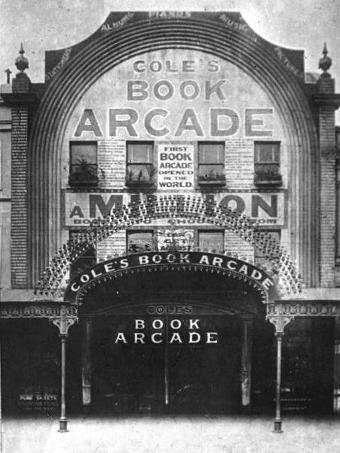
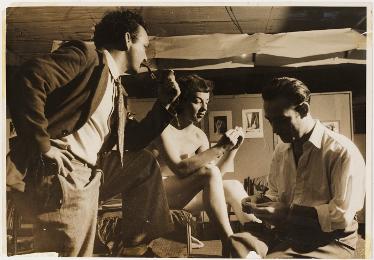
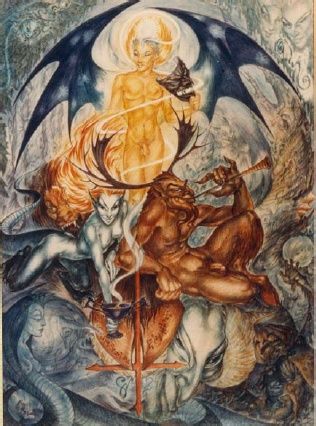
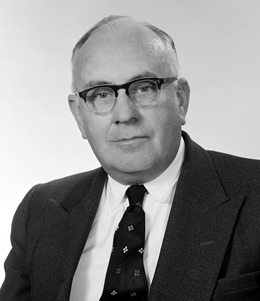
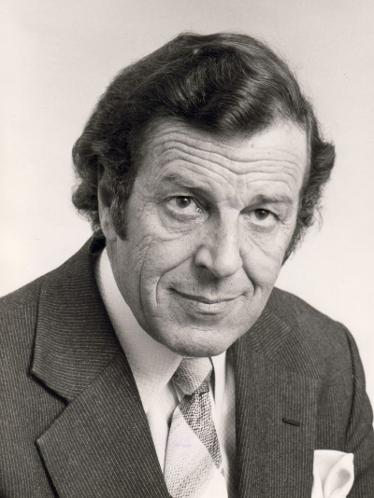
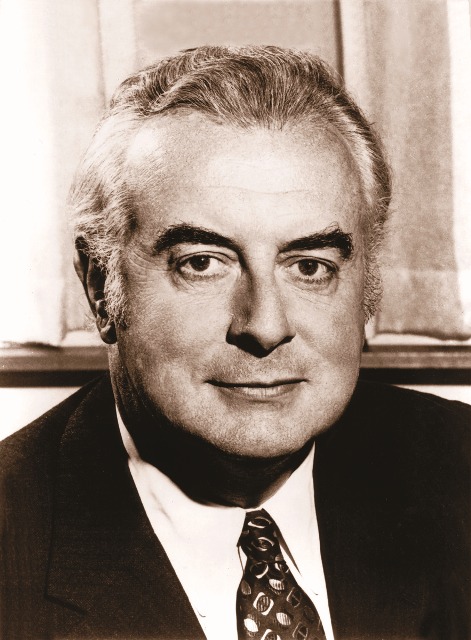
The Adult Retail Industry would not exist today if there had not been a fundamental shift in society's thinking about sex and sexuality. Enter the ‘swinging sixties’ – a legendary era of miniskirts, Beat music and sexual liberation - when the shackles of fifties conservatism were thrown off and traditional family values began to erode – only to see them replaced with a counterculture of free love, drug experimentation and the struggle for equal rights.
In Australia, the 1960s emerged under the seemingly permanent and paternalistic watch of conservative Prime Minister Robert Menzies. He had been Prime Minister since 1949 and, unbeknownst to him, was about to inherit an era of general permissiveness - one that included pornography, marriage breakdowns, single parent families, welfare state dependency, drugs and youth crime. He was succeeded as Prime Minister in 1966 by fellow Liberal Harold Holt.
Coinciding with second-wave feminism and the Women's Liberation movement, the ‘Sexual Revolution’ was aided by feminist ideologues
in their mutual struggle to challenge traditional ideas regarding female and
queer sexuality and interpersonal relationships.
Key factors of the Sexual Revolution included:
- An increased acceptance of sex outside of traditional heterosexual, monogamous relationships (primarily marriage)
- The normalization of contraception and the pill, which arrived in Australia in 1961 and for the first time allowed women to separate sex from procreation.
- The legalization of abortion and the right of a woman to control her own body
- A redefining of Women's sexuality, with new stress laid on clitoral orgasm and sexual satisfaction
- The acceptance of public nudity, pornography, premarital sex, homosexuality, masturbation and alternative forms of sexuality
- The emergence and evolution of new sexual norms and a culture of sexual experimentation (swinging, S/M clubs, singles bars)
Before the early 1970s Australian school-based sexual education was either non-existent or abstinence based, therefore many children had left school without any sex education at all, and what little was on offer was inadequate.
In 1971 Australian teenage pregnancy had reached its peak. To address the situation, in 1972 the Whitlam government established the first Commonwealth government family planning program, with funds set aside for sex education. Books and films were produced and schools could access the material on a voluntary basis.
However, while sex education achieved growing community acceptance, conservative organisations such as the 'Concerned Parents Association' lobbied governments to prevent it - with fears that classes would be used to promote homosexuality. These opponents saw sex education as a conspiracy to thrust the sexual revolutionary philosophy of the sixties onto impressionable youngsters. The Little Red School-Book, a forthright Danish production translated into English, was one of their favourite targets.
The Little
Red Schoolbook, printed by Thor Publications in 1972, was a general booklet of
information for school children that contained information on drugs, sex, and authority
within the school. It was legal in Australia,
but priced at $1.75.
Tharunka (student newspaper, University of NSW)) first distributed the book in tabloid form for free. In response the state designated the book a ‘restricted publication’ only to be sold through bookstores. In defiance of the law Tharunka produced a further 15000 copies and distributed them around schools.
The Little Red Schoolbook was notable for its sympathetic treatment of homosexuality as something totally natural, as well as suggesting that masturbation was ‘quite usual’, harmless and experienced by most boys, while offering the reassurance that "it seems impossible that anyone can masturbate to excess". "If anybody tells you it's harmful to masturbate", proclaimed The Little Red School-Book, "they're lying." Masturbation, it would seem, was also becoming part of the sexual revolution, which would continue well into the 1970s.
In 1978 film Director John D. Lamond made The ABC of Love and Sex Australia Style – which was a tongue-in-cheek sex education documentary covering a different subject for each letter of the alphabet, e.g. A is for Anatomy, B is for Babies, etc. Films like this were important in liberalising community attitudes to sexuality. However, The film encountered troubles with the censor who ended up demanding 3 minutes and 36 seconds be cut from it and stopping the Director from releasing certain advertisements.
Sex education would now be a vital part of the new Australia, with its shifting values and focus on personal and sexual pleasure; and what better place to learn about the art of sex, than at a sex shop.
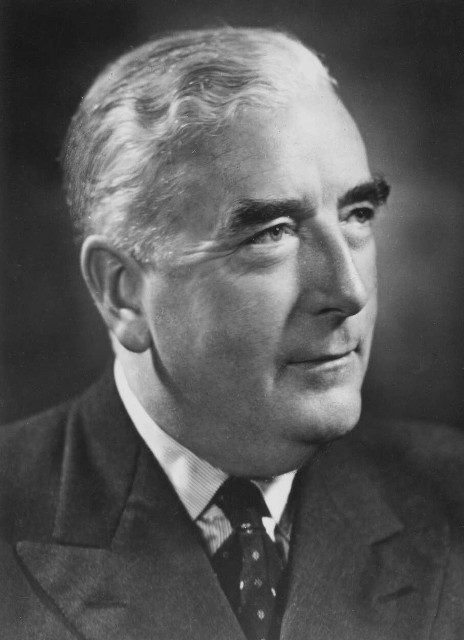
Fun Fact: The sexual revolution began in the 1960s, but continued in different forms well into the 1970s and even into the early 1980s. However, this was not merely a revolution in sexual behaviour, but a social and cultural revolution that was intertwined with many other significant social changes of the day. In Australia equality for women, The Vietnam War, changes in immigration, and rights for Indigenous people all took place simultaneously with the sexual revolution.
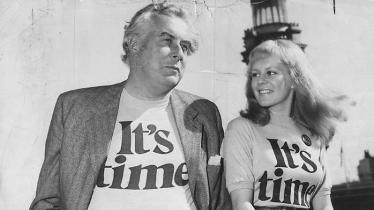
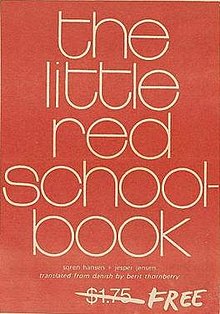
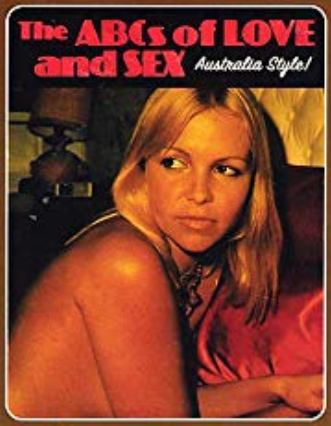
- 1894 – First commercial exhibition of porn on a Kinetoscope (peepshow film loop movie viewer
- 1896 – First theatrical screening of porn on Cinematographe (film projection)
- 1902 – First commercial exhibition of porn on a Mutoscope (peepshow flip card movie viewer)
- 1904 – Frederick Wilson becomes first person to be prosecuted for possession and public exhibition of obscene films in Melbourne
- 1908 – NSW Theatres and Public Halls Act becomes first legislation to censor adult content in films
- 1917 – Earliest porn feature film, A Free Ride (aka The Grass Sandwich), made in US. Turns up in Australia not long after
- First Commonwealth Censorship Board established; bans indecent, obscene, blasphemous and any film likely to be offensive to an ally of Great Britain
- 1929 – Lady Chatterley’s Lover and Ulysses banned in Australia
- 1936 – Kenneth Murray launches Man Magazine
- 1945 – Novelist Robert S Close jailed for writing a ‘lurid’ novel - Love Me Sailor
- 1963 – Australian Oz magazine launched
- 1964 – Terry Blake launches Kings Cross Whisper
- 1965 - Jan Domabyl launches Searchlight newspaper
- 1966 – Jim Hamill manufactures first Australian commercial vibrator from slot car parts and prosthetic cement
- 1968 – Bill Horne launches Ribald magazine in Sydney
- 1971 – Don Chipp, Liberal Customs minister legalises import and sale of adult magazine
- Pix/People magazine launched
- 1972 - First censorship poll finds 68% approval for Chipp
- John Conroy launches first adult wholesaler, Claredale Holdings, in Melbourne
- 1973 – Jan Domabyl opens Australia’s first adult shop in the Steele arcade on Darlinghurst Road, Kings Cross. Hanna Strum and Gus Herstik open their first stores only months later
- 1974 – Jake Land opens Party Movie Hire on Bayswater Rd, Kings Cross.
- John Conroy opens Melbourne’s first adult shop – Liberated Bookshop
- Gerry Gold launches adult paperback importer, Goldstar Publications
- Man magazine folds
- 1975 – First viewing booths arrive in adult shops
- 1977 – Ken and Eric Hill open Melbourne’s first adult cinema – The Shaft Cinema. Still going today
- 1979 – US Playboy and US Penthouse launch Australian brands
- 1983 – Federal government creates 'X' classification
- 1984 – First public opinion poll on porn by Roy Morgan finds 66% support for X-rated videos.
- UK Morals campaigner, Mary Whitehouse, arrives in Australia to lobby state governments to ban porn
- Ban on Texas Chainsaw Massacre lifted
- Club X brand launched
- 1985 – All states ban sale of X-rated videos
- 1986 – 150 adult shops in Australia turn over $50 million
- 1987 – John Lark launches the Adult Video Industry Association (AVIA)
- 1988 - AVIA defeats ban on X-rated videos brought by Catholic Bishops
- John Lark begins production on Downunder series of home grown X-rated videos
- Saulwick Age poll finds 97% support for X-rated videos
- 1989 – Senator Harradine bans overseas development grants for porn
- First ACT Labor government falls on the issue of taxing X-rated videos
- 1991 – John Lark defeats ACT government in High Court over X-rated tax
- First indigenous porn star, Nicci Lane, debuts in HGC’s Arigato Baby
- 1992 – Eros Foundation launched on Sydney Harbour
- Australian Christian Lobby launched in Queensland
- Robbie Swan and Fiona Patten charged with contempt of parliament
- Sex work is legalised in the ACT
- 1993 – Largest police operation ever against the adult industry, 'Operation Jack', launched in Melbourne with 20,000 videos seized
- Ken and Eric Hill launch Calvista
- 1994 – Sex work is legalised in Victoria
- 1995 – Sexpo premiers at Carlton Crest Hotel in Melbourne
- Opposition leader, John Howard announces ban on X-rated videos if elected
- Australia’s first federal Classification Act passes Senate
- Australia’s first women’s adult shop, Club Femme, opens in Melbourne
- Sex work is decriminalised in NSW
- 1996 – HGC defeats Victorian Attorney General in 'Operation Jack' prosecutions. Costs awarded and all materials returnef
- 1999 – Australia’s first adult industry public float as Adultshop.com lists on the Australian Stock exchange on the back of strong phone sex revenue
- Federal government bans 1900 phone sex lines and adult websites from being hosted in Australia
- 2000 – Australia’s second public adult company, Sharon Austen.com floats on stock exchange.
- Australian Playboy folds
- Abbywinters.com launches
- Eros launches Hypocrites, first listing of paedophile priests. Four Corners covers launch of the book
- All state and federal attorneys sign off on new Non Violent Erotica (NVE) classification
- 2001 – National Museum of Erotica launched in
Canberra by Fiona Patten and Robbie Swan
- NVE scuttled by Brian Harradine; new guidelines on 'X' rating
- 2004 – Valentine’s Day raids on Kings Cross stores ordered by future police commissioner, Andrew Scipionne
- 2005 – Don Chipp, delivers keynote address at Sexpo
- First major independent survey of community use of adult industry products published by La Trobe university: 25% of population found to be regular users.
- Sex work becomes legalised in Tasmania
- 2006 – Don Chipp dies
- 1,000 adult shops trading in Australia turning over half a billion equalling size of the sugar industry
- Stephen Conroy announces internet filter
- 2008 – Eros wins 'Anti-child Porn' award at XBIZ Annual Awards
- 2009 – Eros gives birth to the Australian Sex Party
- 2010 - Sydney adult shop manager, Daryl Cohen becomes the first person to go to jail for selling porn in 60 years
- 2011 – First raid on adult wholesale premises as Classification Board brings police in on Windsor Wholesale
- 2012 – R-rated computer games are legalised
- 2013 – Woolworths becomes the first supermarket to sell vibrators
- Sex Party misses out on Senate seat via preference heist
- 2014 – Eros CEO, Fiona Patten, elected to Victorian
Parliament. She is the first representative of the adult industry to be elected
to a parliament anywhere in the world.
- 2016 – Sydney Adult Shop owner, Con Ange, badly bashed in the driveway of his home
- Background Image - Neon Sex shop sign - Source: 1stdibs
- Censored image - Source: Inktale
- Cole's Book Arcade circa 1889 - Source: Remo
- Banned Books - Book covers and correspondence - Source: National Archives of Australia
- Artists Rosaleen Norton, Roy Dalgarno and Eric Maguire during rest period of drawing class at Sydney's Studio of Realist Art (SORA), in George Street 1948 - Source: Dictionary of Sydney
- Lucifer by Rosaleen Norton, c. 1949 - Source: Pinterest
- Minister for Customs, Denham Henty circa 1957 - Source: Parliament of Australia
- Don Chipp circa 1972 - Source: The New Daily
- Gough Whitlam circa 1972 - Source: MOAD
- The Secret History of Australian Censorship - Source Banned
- Prohibited Pulp - Source: Banned
- Prime Minister Robert Menzies - Source: Wikipedia
- 1963 - Contraceptive pill kit - Photo by Eloise Coccoli and Michelle Stevenson - Source: Museums Victoria
- 1965 - English model Jean Shrimpton at Derby Day Melbourne - Source: Wikipedia
- 1965 - Australian army conscripts collect their kit - Source: The Australian
- 1965 - Rosalie Bognor and Merle Thornton chained themselves to the bar at the Regatta Hotel - Source: State Library of Victoria
- 1967 - Vote YES poster for the 1967 Referendum to give Indigenous people the right to vote - Source: Indigenous Rights
- 1969 - Australian women take up the fight against sex discrimination - Source: TheAustralian
- 1960s - Abortion rally - Source: Sarah Warwick blog
- 1960s - Feminist protest march - Source: Sarah Warwick blog
- 1973 - Gay Pride Week March, Melbourne, photograph by Frank Prain - Source: Australian Lesbian and Gay Archives
- It's Time campaign, 1972 - Gough Whitlam and Little Patti - Source: Ephemera Society
- The Little Red School-book, 1972 - Source: Wikipedia
- The ABC of Love and Sex: Australia Style Documentary, 1978 - Source: IMDB
- Blatt, S. (2000). Censorship in Australia (Essay). Monash University Melbourne.
- Bongiorno, Frank (2012), The sex lives of Australians : a history. Black, Collingwood, Vic
- Bowes, Dominic. (2012). Exposing Indecency: Censorship and Sydney's Alternative Press 1963-1973, University of Sydney.
- Robinson, S., & Ustinoff, J. (Eds.) (2012). 1960s in Australia: people, power and politics. Cambridge: Cambridge Scholars Publishing.
- Sullivan, B. (1997). The politics of sex : prostitution and pornography in Australia since 1945. Cambridge University Press, Cambridge ; Melbourne.
- Wood, Sally Percival. (2017). Dissent : the Student Press in 1960s Australia, Scribe Publications, Brunswick, Victoria
- Don Chipp - Source: Censorship in Australia
- Gough Whitlam - Source: Censorship in Australia
- Ministerial media release 1972 - Source: Trove
- A Short History of Australian Liberalism - Source: The Centre for Independent Studies
- The Sexual Revolution, 1960-1980 - Source GLBTQ
- Sexual Revolutions - Source: ResearchGate
- Rosaleen Norton life of The Mystic Witch of Kings Cross - Source: Youtube
- Definition of a Sex Shop - Source: Wikipedia
- Timeline of the Adult Retail Industry in Australia - Source: Body Politics
- Trove
- National Archives of Australia
- Parliament of Australia
- Banned and Banned
- The Australian
- State Library of Victoria
- Indigenous Rights
- Ephemera Society
- Australian Lesbian and Gay Archives
- Culture Victoria
- Don Chipp
- Gough Whitlam
- Norman Henry Denham
- Counterculture
- Sexual Revolution
- Censorship in Australia
- The Sex Lives of Australians
- Gay and Lesbian, Then and Now
- Rosaleen Norton - Wikipedia
- Visionary Art - Rosaleen Norton
- National Geographic - The Witch of Kings Cross
- Dictionary of Sydney - The Witch of Kings Cross
- The ABC of Love and Sex: Australia Style
- Exposing Indecency: Censorship and Sydney's Alternative Press 1963-1973
- Sex Down Under
- Censorship in Australia
- The Sex Lives of Australians
- Snatched: Sex and Censorship in Australia
- The 1960s in Australia
: people, power and politics
Friday on Our Minds: Popular Culture in Australia Since 1945
- The Politics of Sex: Prostitution and Pornography in Australia since 1945
- The Seventies: The personal, the political and the making of modern Australia
- Everyday Revolutions: Remaking Gender, Sexuality and Culture in 1970s Australia

|
A Short History of Australian Liberalism.pdf Size : 353.64 Kb Type : pdf |

|
Sexual Revolution.pdf Size : 33.972 Kb Type : pdf |

|
Sexual Revolutions.pdf Size : 113.785 Kb Type : pdf |

|
Ministers meet to discuss Sex Shops and Censorship 1972.pdf Size : 89.001 Kb Type : pdf |
